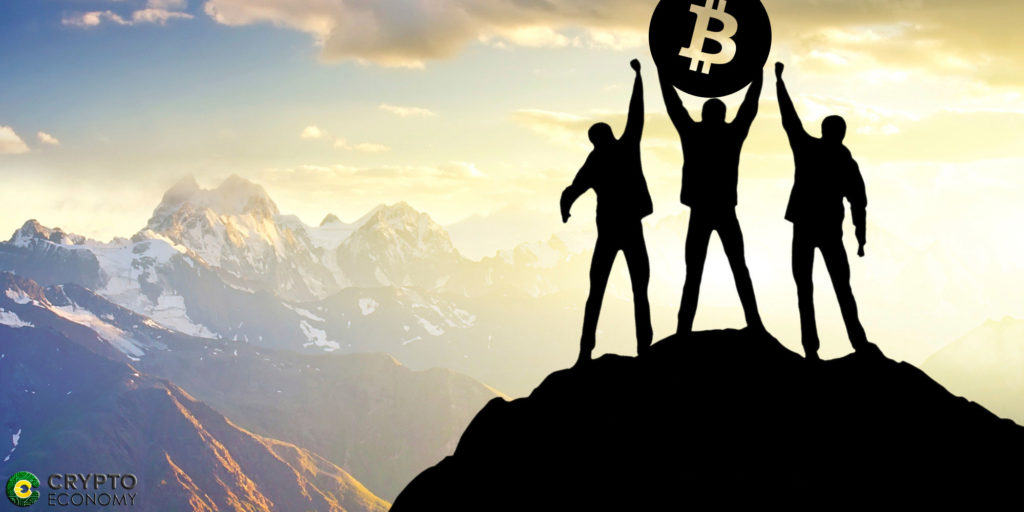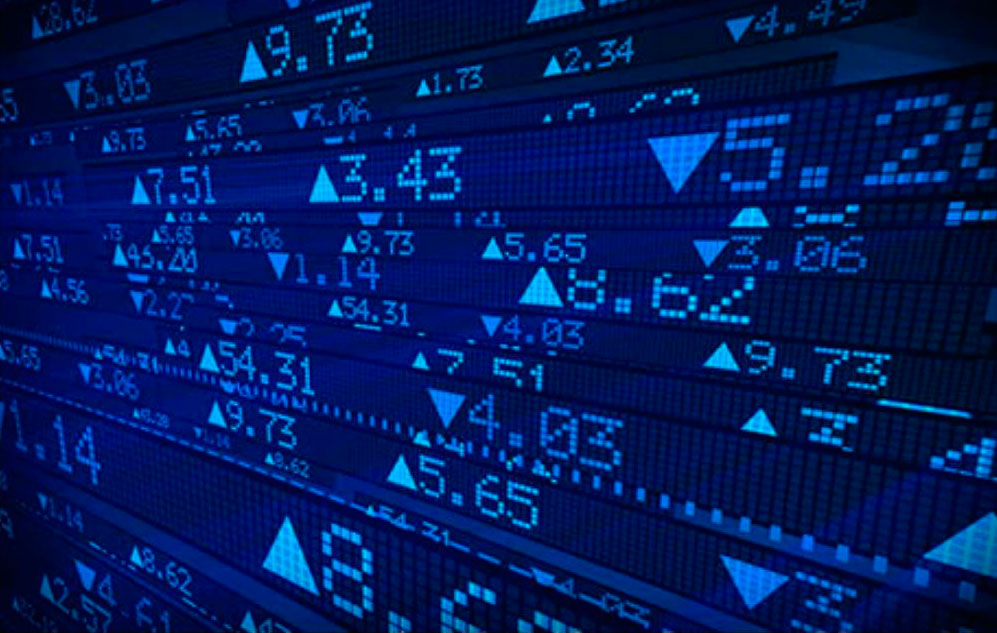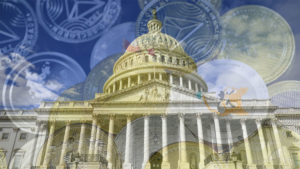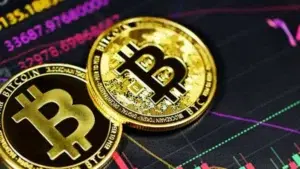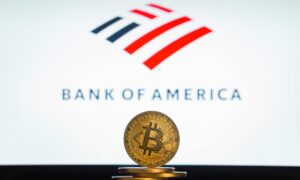The passion and frenzy Bitcoin has generated in recent months has had some analysts warn that there are inherent risks in having an unregulated digital token such as Bitcoin get so popular and in demand that institutional markets are embracing it. They are of the opinion that the interest the coin holds on the imagination of investors may strictly be based on perception and not verifiable metrics.
This pattern they say if left unchecked has the potential of threatening global economy if the coin continues to gain traction and adoption as is the present trend. It has become obvious that holders of Bitcoin are mainly using it as an asset which they hope would appreciate in future thereby making the owners rich. This has created a community of bitcoiners that are nearly all single-minded in their rejection of speculations and insinuations that Bitcoin could be a bubble.
Just a few weeks ago, Bitcoin demonstrated its vintage volatility by fluctuating by up to $1000, a figure that would have kept conventional markets on edge, but not the Bitcoin community. This has been a pattern Bitcoin investors are conversant with. Ronnie Moas, a Bitcoin enthusiast told CBC that he is of the opinion that in a decade, Bitcoin is going to be that top global currency despite fluctuations. This is why he is still buying bitcoins even with insinuations that it might be a bubble. Though many analysts say that future outlook indicates that Bitcoin still has potentials to grow, his futuristic valuation puts it at $6 trillion, which is the equivalence of today’s gold.
As interesting as that analogy is, that may not be the only similarities between bitcoin and gold. In utility, gold has a definite monetary value but whenever people start seeing it as an asset, they are generally willing to spend far more than the true value were it just considered a currency. It is obvious that is what is happening with Bitcoin, since many holders are using it strictly as speculative instrument. This has made the market value a function of perception and what people are willing to pay making no one unsure of the true value of Bitcoin.
Despite these concerns, Bitcoin has continued to to rally even as institutional funds started trickling in. Chicago Boards Options Exchange commenced trading Bitcoin futures last December, an action that has moved the digital currency from periphery to mainstream. The Chicago Mercantile Exchange, a larger trading platform has started trading on Bitcoin futures as well. This is the point at which some analysts are warning of the dangers of trading in unregulated digital currency calling it a modern day Dutch tulip bulb craze.
In 2015, Bitcoin crashed to a little more than $200 from its 2013 price of $1,100. This was hardly newsworthy then and people barely noticed because the token was at the fringes of the market. This is not applicable today were such to occur. It is reasonable to assume that such a scenario could transpire in the future with far more devastating consequences.
There is a specific number of minable bitcoins calculated to be 21 million. Experts say that there are 16 million bitcoins in circulation. The rest of the coins are painfully slow to be mined. This was a counter inflationary measure to keep the coin valuable. Izabella Kamenska, a Financial Times analyst said that the time may come when bitcoin price would rise to equal global GDP at the rate it is appreciating. The limited number of bitcoins is the reason for premium price as holders rarely sell while buyers bid up the coins in circulation. Everyone else waits for price to move up higher.
Governments of countries such as Bangladesh, Bolivia, Kyrgystan and a few others have banned the use of bitcoin in their countries, while others such as US, Canada, Israel and EU are working on regulations. There seems to be a general consensus that bitcoin is presently not a risk to global economy. However, with mainstream adoption, no one is quite willing to have an unregulated, highly volatile digital currency hold sway, not even countries that have adopted a wait-and-see attitude.


